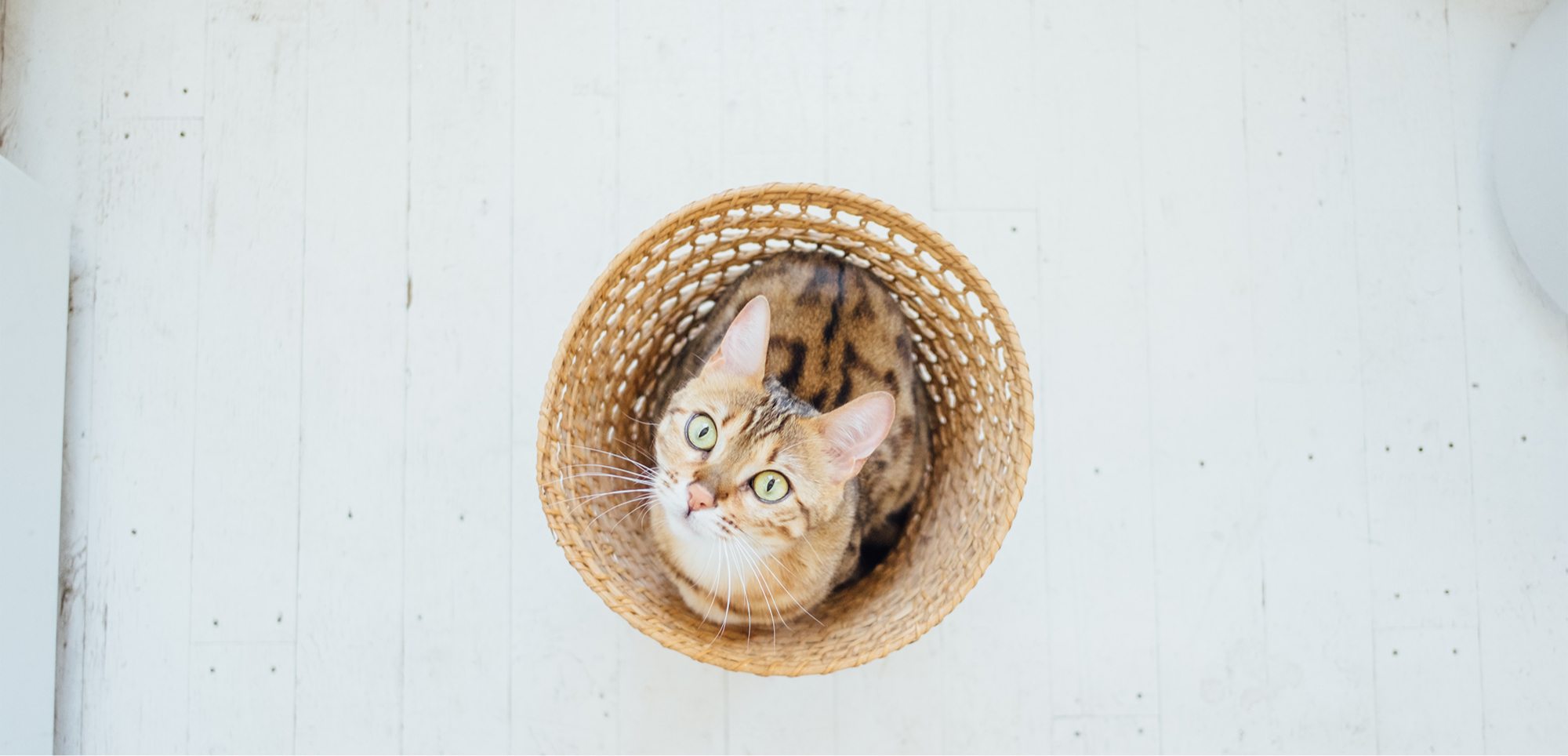Potential dog toxins in your house and garden
There are many potentially toxic items that are common around the house.
The most common toxicity problem is the ingestion of rat poison. Unfortunately this can be very tasty to your dog, but contains ingredients that can cause a life-threatening bleeding.
However, there are many other poisonous things in the house that your dog can ingest. In addition to the human medication, food and plants, poisons around the house include:
- Batteries.
- Antifreeze.
- Cleaning products – these often contain acidic or alkaline ingredients, which can cause caustic or corrosive lesions in the stomach or intestines.
- Fertilizers.
- Glow in the dark jewellery – these jewellery pieces are filled with dibutyl phthalate, which causes profuse salivation and possibly vomiting in animals that bite into them. This response is due to a taste reaction rather than a toxicosis. Give a treat, such as milk or tuna juice, to dilute the taste of the chemical and contact your veterinarian.
- Liquid potpourri.
- Painting and varnishing products – household paints and varnishes are relatively harmless and usually only cause mild GI upset if small amounts are ingested. However, people often become concerned when paint gets on an animal’s fur and make the mistake of trying to remove it with paint thinners, such as turpentine or mineral spirits; these can be very harmful if ingested.
- Turpentine and methylated spirits – these products are extremely irritating to the skin and footpads and can also affect the breathing and brain. The best method of removing paint thinners is by bathing with a dish washing detergent and cool water. Further treatment maybe required. Consult your veterinarian if you have any concerns.
- Silica gel – this is used as a desiccant in newly purchased clothing, shoes, and purses. It is an inert ingredient and is not toxic. The only time it is of concern is when a small animal swallows a large amount, which can expand with water and possibly cause an obstruction or diarrhoea.
- Soaps and shampoos – usually cause mild gastrointestinal signs.
- Mothballs – Naphthalene is the most common active ingredient found in mothballs. Most common signs seen with mothball ingestion include vomiting, anaemia, lethargy, and seizures. Hepatitis is a rare effect and, if seen, would occur 3-5 days post exposure. Treatment of mothball ingestion includes early decontamination. Consult your veterinarian if your pet has ingested mothballs or you suspect that mothballs have been ingested.
To keep your dog safe, store these products out of your dog’s reach or don’t bring them into your house!
Thanks to their curious nature, dogs can sniff, lick and chew their way into a case of poisoning in your garden.
Common garden dangers include:
- Compost: Depending on what you are putting in the compost bin, it could be hazardous for your pet. Keep your compost free of human foods that are toxic to pets.
- Fertiliser: Blood and bone fertilisers are appealing to dogs but they can cause gastrointestinal upset and vomiting. Use fertiliser that is free of toxins, and make sure pets are indoors when you are fertislising.
- Slug, snail and rat bait: Baits can be tasty for pets but toxic if ingested. Keep these products away from companion animals and consider using more humane options to control rodents.
- Sharp garden tools lying around: Many tools, like rakes, are sharp and can easily cause puncture wounds. Make sure garden tools are tidied away or locked away from where your animal might hurt him/herself on them.
Make sure your garden is free of any of these dangers to keep your dog safe and happy.
If your dog has ingested something that you are concerned about, contact your vet immediately. Knowing your pets’ weight, what they have eaten, how much, and when it was eaten is very helpful when seeking help.


